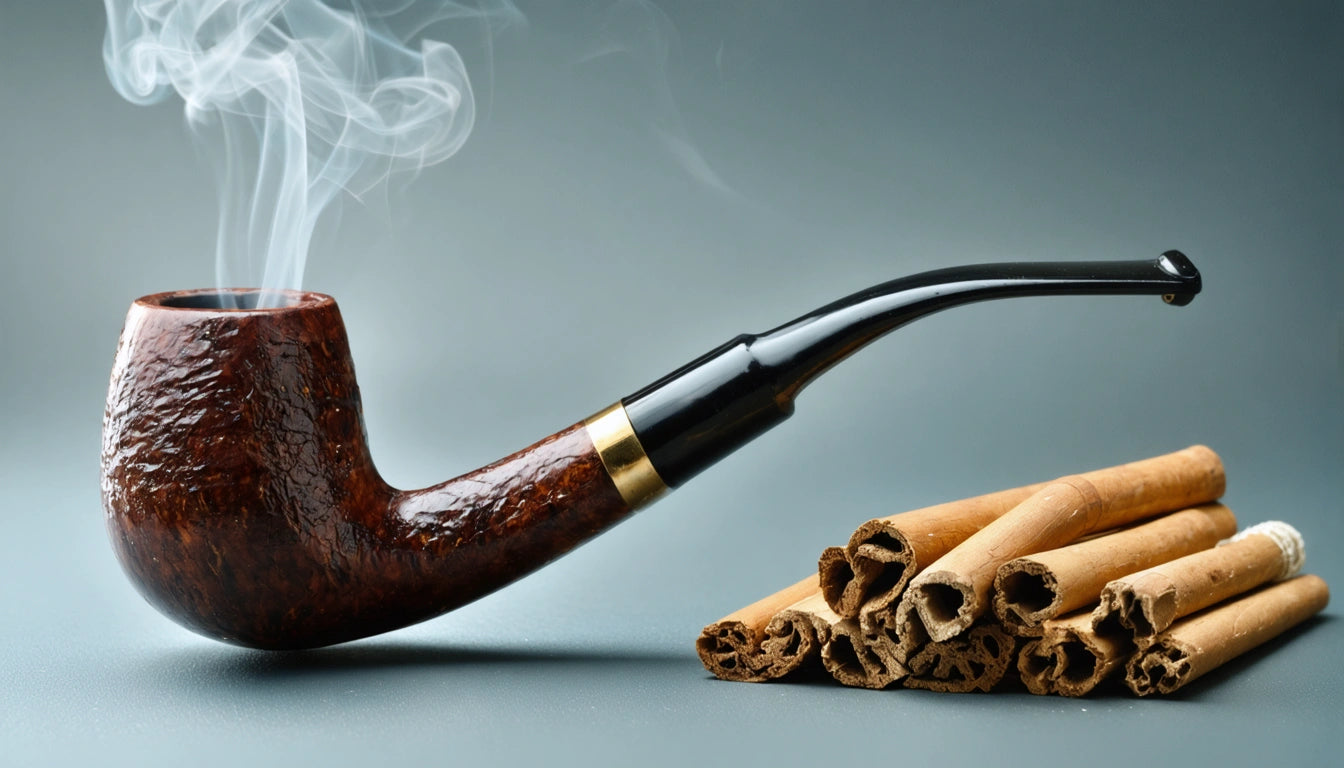Table of Contents
- Understanding Plant Topping: What It Is and Why It Matters
- Ideal Timing for Topping Your Plants
- Key Indicators Your Plant Is Ready for Topping
- Special Considerations for Topping Outdoor Plants
- Common Mistakes When Topping Plants
- When Is It Too Late to Top Your Plant?
- Maximizing the Benefits of Properly Timed Topping
The Perfect Timing: When to Top Your Plants for Optimal Growth
Knowing when to top your plants can make the difference between a stunted, stressed crop and a bountiful harvest with maximized yields. Topping is a high-stress training technique that, when done correctly and at the right time, encourages plants to develop multiple main colas instead of just one, ultimately increasing your overall yield. This guide will walk you through the optimal timing for topping various plants, with special attention to cannabis cultivation.
Understanding Plant Topping: What It Is and Why It Matters
Topping involves cutting off the main stem of a young plant to encourage it to grow multiple stems, creating a bushier plant with more flowering sites. This technique redirects growth hormones to the lower branches, promoting lateral growth rather than vertical. The result is a wider, more even canopy that can better utilize light and produce more harvest points.
For cannabis cultivators, topping is particularly valuable as it can significantly increase yield without requiring additional growing space. However, timing is critical, as topping too early or too late can stress the plant unnecessarily or limit its productive potential.
Ideal Timing for Topping Your Plants
The question of when to top pot plants is common among both new and experienced growers. According to cultivation experts, the ideal window for topping cannabis plants is when they have developed 3-5 nodes (sets of leaves).
This typically occurs during the vegetative stage, approximately 3-4 weeks after germination for most strains. At this point, the plant has:
- Established a strong root system
- Developed enough foliage to continue photosynthesis
- Built sufficient resilience to handle the stress of topping
- Not yet committed significant energy to flowering
Timing varies slightly depending on the specific strain and growing conditions. Indica-dominant strains may be ready for topping earlier than sativa-dominant varieties due to their typically faster vegetative growth.
Key Indicators Your Plant Is Ready for Topping
Rather than relying solely on a timeline, look for these visual cues to determine when you should top your pot plant:
Node Development
The most reliable indicator is node count. A node is where branches and leaves emerge from the main stem. Wait until your plant has at least 3-5 nodes before considering topping.
Overall Plant Health
Only top plants that appear vibrant and healthy. Signs of readiness include:
- Deep green foliage (without yellowing)
- Strong, sturdy stem
- Consistent new growth
- No signs of nutrient deficiencies or pest issues
Special Considerations for Topping Outdoor Plants
When to top outdoor plants depends on your local growing season and climate conditions. Outdoor cultivation presents unique considerations:
Seasonal Timing
For outdoor cannabis, plan to complete all topping at least 3-4 weeks before the natural light cycle triggers flowering (typically as days begin to shorten after summer solstice).
Weather Factors
Avoid topping during extreme weather conditions:
- Don't top before a heavy rain (increases risk of infection)
- Avoid topping during heat waves (adds additional stress)
- Consider topping in the evening to give plants overnight recovery time
Common Mistakes When Topping Plants
Even experienced growers can make timing errors when deciding when do you top a pot plant. Avoid these common pitfalls:
Topping Too Early
Cutting the top before your plant has at least 3 nodes can severely stunt growth. Young plants need sufficient foliage for photosynthesis and recovery.
Topping Too Late
Once a cannabis plant has entered the flowering stage, topping becomes counterproductive. It diverts energy away from bud production and can significantly reduce yield.
Multiple Toppings Too Close Together
If you plan to top multiple times (for techniques like manifolding), allow 1-2 weeks of recovery between sessions.
When Is It Too Late to Top Your Plant?
Understanding when is it too late to top your plant is just as important as knowing the optimal time. Generally, you should avoid topping:
- During the pre-flowering or flowering stage
- When less than 2-3 weeks remain in the vegetative cycle
- If the plant shows signs of sex (pistils or pollen sacs)
- When a plant is already stressed or recovering from other training
For photoperiod cannabis strains, the vegetative stage can be extended by maintaining a light schedule of 18+ hours of light. However, for autoflowering strains, which transition to flowering based on age rather than light cycles, the window for topping is much narrower, typically between days 15-20 after sprouting.
It's worth noting that proper plant handling requires attention to safety at every stage. Just as safety regulations for packaging help protect children from accidental exposure to harmful substances, proper cultivation practices protect both plants and consumers.
Maximizing the Benefits of Properly Timed Topping
When you top your plants at the optimal time, you set the stage for significantly improved yields. To further enhance the benefits:
Post-Topping Care
After topping, provide plants with:
- Consistent watering (avoid overwatering)
- Moderate nutrient levels (don't push heavy feeding immediately)
- Stable environment (minimize other stressors)
Complementary Training Techniques
Consider combining properly timed topping with other training methods like:
- LST (Low-Stress Training) - bending and securing branches horizontally
- Defoliation - strategic removal of select fan leaves to improve light penetration
- ScrOG (Screen of Green) - using a trellis to create an even canopy
By mastering the art of when to top your plants, you'll develop healthier, more productive crops with improved canopy management and ultimately higher yields. Remember that timing is everything, and paying close attention to your plants' development stages will guide you to make the right decision for when to implement this powerful training technique.











Leave a comment
All comments are moderated before being published.
This site is protected by hCaptcha and the hCaptcha Privacy Policy and Terms of Service apply.